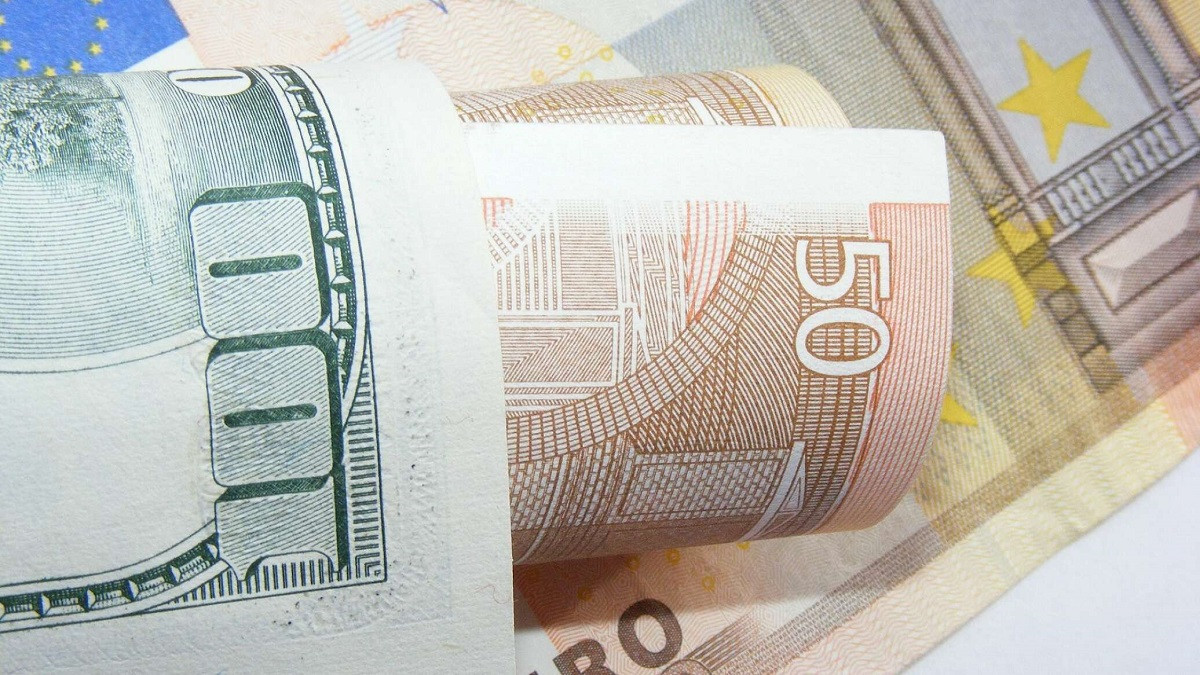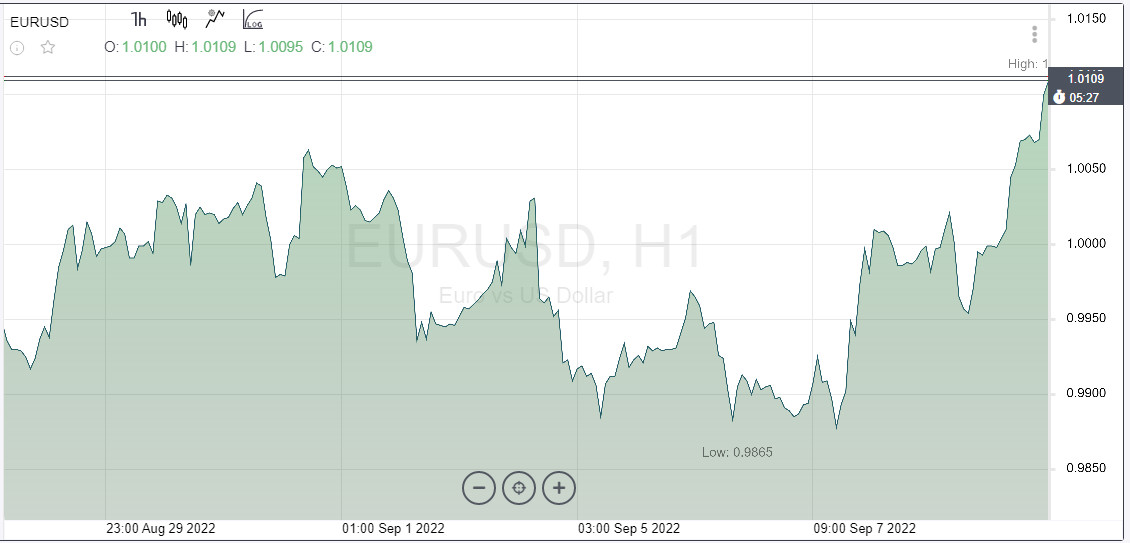
On Thursday, the euro saw no support from the European Central Bank. On Friday, however, everything is getting back on track. The US dollar gets weaker, while traders lock in profits. At the same time, the euro shows a true reaction to yesterday's hawkish meeting and the regulator's decision to hike rates by 75 basis points.
Is the Friday movement a new trend? Or will the greenback resume growth? Next week, investors will focus on US inflation data, which will show how strong the bullish impulse of EUR/USD is.
What prevented the euro's immediate reaction to the rate hike?
Despite the ECB's promise to stick to sharp rate hikes, many traders chose to sell the euro. Market players could have argued that the bank's statement said nothing about the currency. Perhaps, hawks are greatly concerned about the further decrease in the euro.
Still, the euro felt some support right after the interest rate rise, and the price briefly went above the parity level. This was due to certain circumstances, or rather events.
The thing is that Fed Chairman Powell delivered his speech at the same time ECB President Christine Lagarde talked to the press about the regulator's future plans.
The market immediately reacted to hawkish Jerome Powell, and the greenback soared, which confirmed that the US central bank and its legal tender are always one step ahead of others.
Although the Federal Reserve has adopted a more aggressive policy stance, the European regulator should not be underestimated. On Thursday, it was as hawkish as it can be. The ECB lifted all its key rates, taking its benchmark deposit rate to 0.75%. The era of negative or fixed rates is now over.
The European regulator forecasts that inflation will remain at a record rate for a long time. Therefore, the Governing Council decided to "raise interest rates further to dampen demand and guard against the risk of a persistent upward shift in inflation expectations."
"The Governing Council's future policy rate decisions will continue to be data-dependent and follow a meeting-by-meeting approach," the statement said.
Outlook
The European regulator also revised its inflation expectations up to 8.1% in 2022, 5.5% in 2023, and 2.3% in 2024. At the same time, it downgraded the GDP forecast for the eurozone to 3.1% in 2022, 0.9% in 2023, and 1.9% in 2024.
In other words, inflation remains the ECB's primary concern. Therefore, we can expect more rate hikes this year.
This should provide support for the euro because when a regulator's stance on monetary policy at times of soaring inflation is clear, currency markets react accordingly.
Energy
A tough situation in Europe is now aggravated by the energy crisis. Although a recession was not mentioned in the September forecast, it was not excluded either. "The risks to the inflation outlook are primarily on the upside. In the same way as for growth, the major risk in the short term is a further disruption in energy supplies," Lagarde warned.
"In the downside scenario we do ... it includes, in particular, a total shutdown of all Russian gas supply. Well, we are almost there, there is still a bit of flow going through the Ukrainian ones. But we also foresee rationing across the whole euro area and no measures of compensation between the shortage of gas supply and other alternative sources of supply" Lagarde stated at the press conference.
Inflation jumped to 9.1% in August due to a sharp rise in energy and food prices. This caused other prices to rise throughout the economy and raised concerns about the risks of self-sustaining higher inflation among members of the Governing Council.
Despite the hawkish sentiment, the euro remains under pressure and the ECB's 75 basis-point rate hike changes almost nothing. The macro situation will keep worsening, which is a serious problem for the pro-cyclical currency in the face of the deepening energy crisis.

Hawkish Powell and Lagarde triggered an increase in EUR/USD volatility. Still, the greenback is likely to be stronger against the euro. EUR/USD is seen at 0.9900 in a month, at 0.9800 in three months, at 0.9600 in six months, and at 0.9500 in a year. By the end of 2023, the euro may hit 0.9300.





















